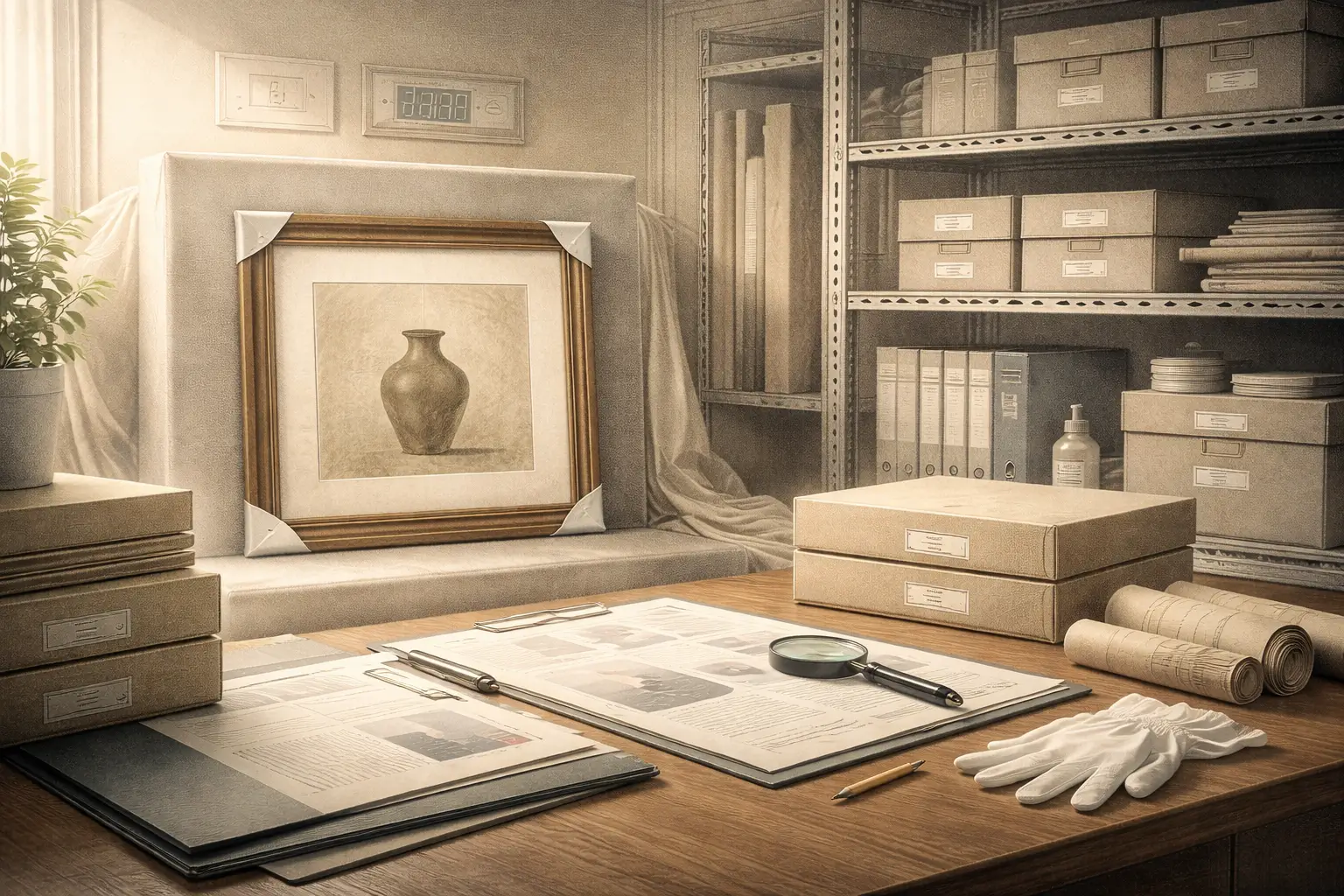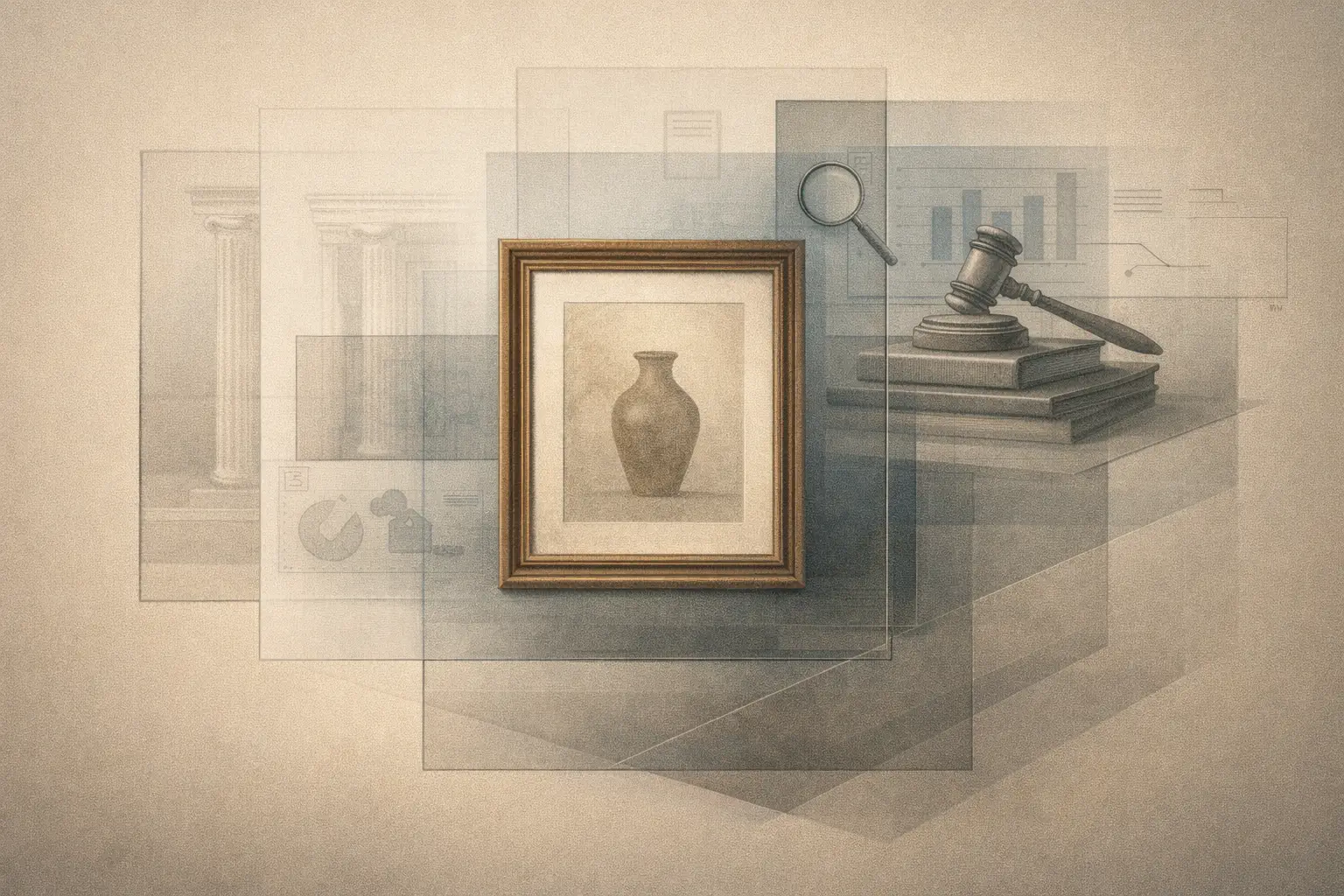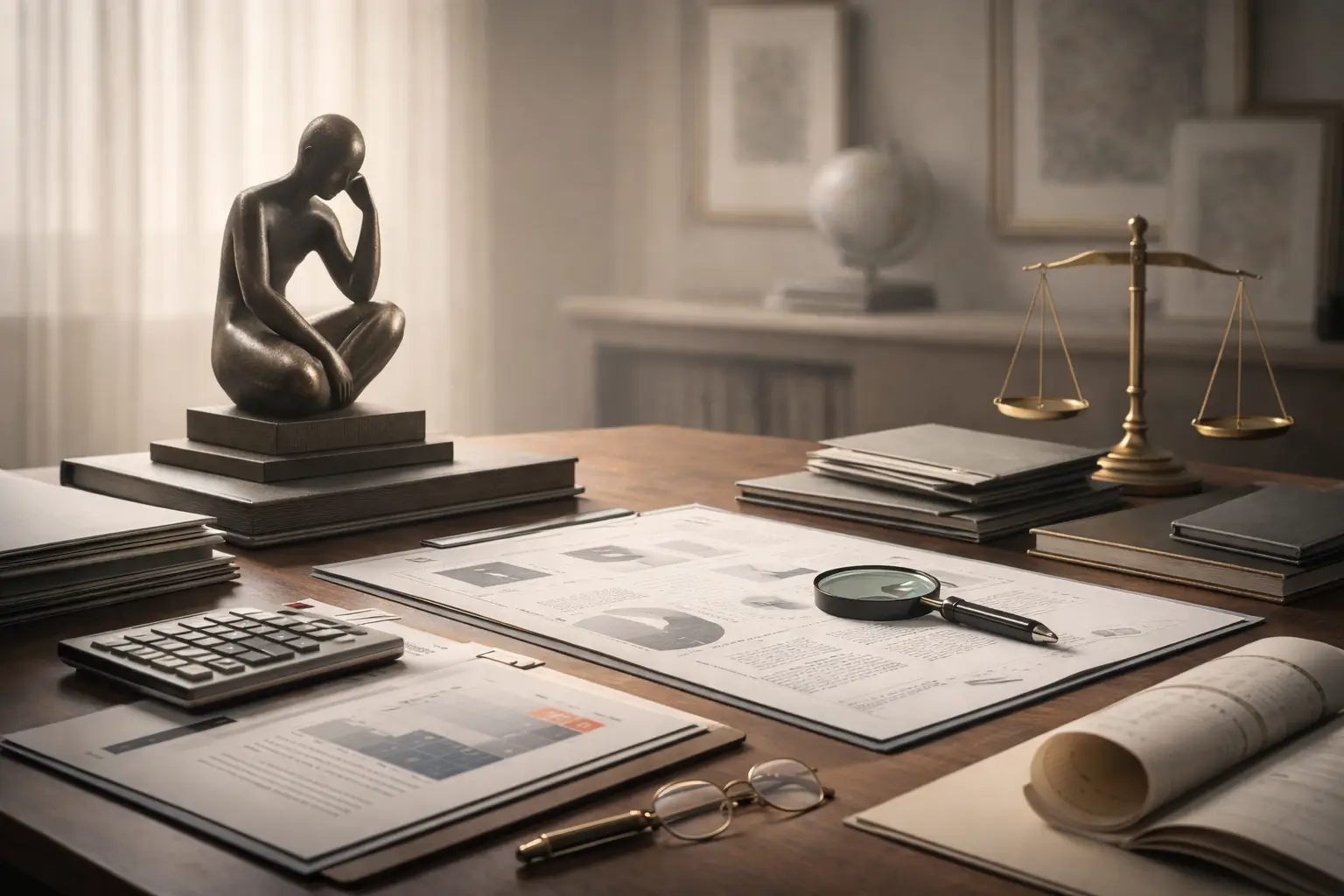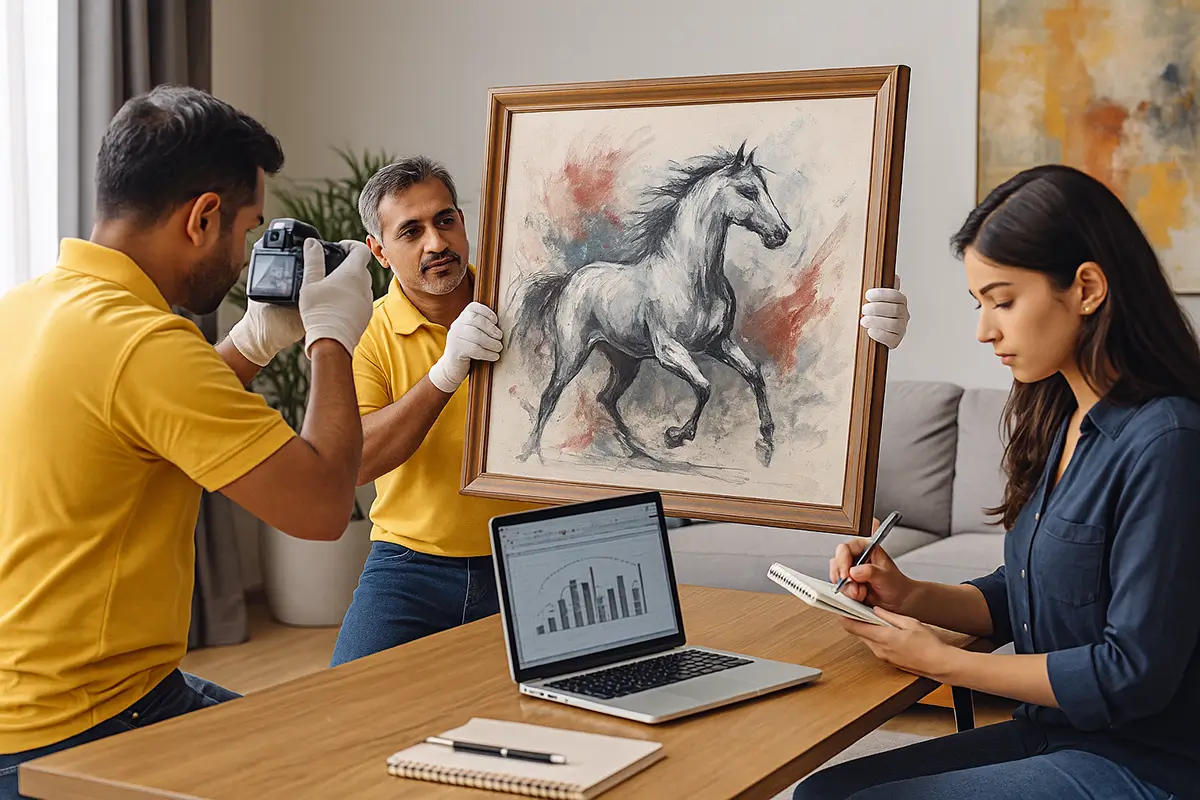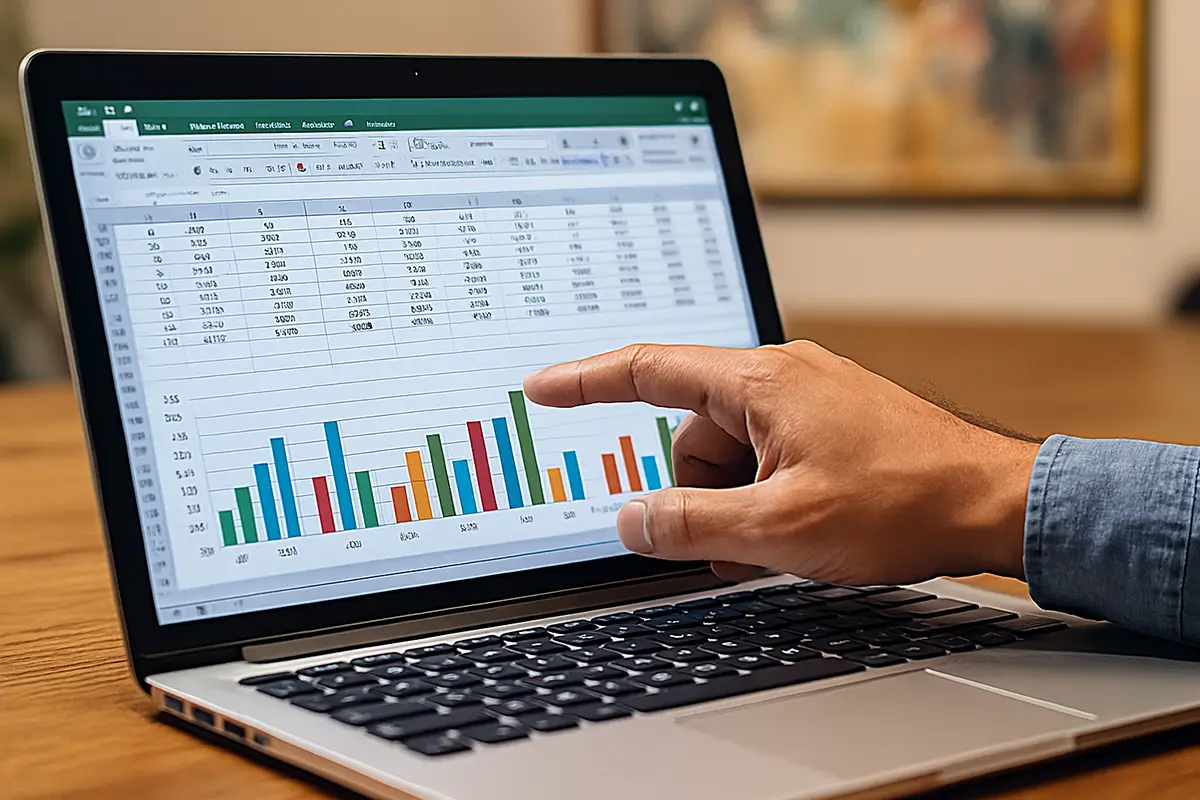As the Indian art market matures, private and institutional collectors are increasingly recognizing that acquiring a piece of art is only the beginning of responsible ownership. Protecting that asset—financially, legally, and physically—requires deliberate planning. One of the most overlooked yet essential pillars of this planning is art insurance.
While traditionally viewed as a niche concern, art insurance in India is now gaining importance, especially as art becomes a serious asset class. But insurance alone isn’t enough. At the heart of meaningful coverage lies accurate and professionally verified art valuation—an essential starting point for any collector serious about protecting their investment.
Why Art Insurance Is Now a Necessity, Not a Luxury
With increasing global interest in Indian modern and contemporary art, the value of collections—both individual and corporate—has soared. This also heightens the risks associated with loss or damage.
Key Risk Factors That Make Art Insurance Essential:
- Fire and water damage (especially in older buildings or heritage homes)
- Burglary or theft
- Physical deterioration due to humidity, light, or pollution
- Damage during transport or exhibition
- Natural calamities such as floods or earthquakes
These risks affect both tangible financial value and the intangible cultural and sentimental value of artworks. Without an appropriate insurance policy informed by a fair market value of art, collectors may find themselves underinsured—or worse, unable to recover losses.
Understanding the Link: Art Insurance and Valuation
Insuring artwork isn’t like insuring a car or a home. Standard insurance companies require specialized valuation that reflects the nuances of the art market.
A robust art valuation report becomes the cornerstone for:
- Setting accurate premiums
- Defining policy limits
- Facilitating claims and settlements
- Establishing ownership and asset documentation
Without a professional art appraisal, insurance companies may undervalue your collection or dispute compensation during a claim. Hence, the art valuation process must be rigorous, compliant, and regularly updated.
Explore art valuation services tailored for collectors that align with insurance needs and legacy planning.
Types of Art Insurance Available in India
Collectors should understand which type of coverage suits their portfolio best. Below are common options:
1. All-Risk Insurance
- Covers broad risks including damage, theft, vandalism, and environmental impact
- Ideal for both private and institutional collectors
- Requires an up-to-date, signed art valuation report
2. Transit Insurance
- Covers damage or theft during transportation
- Essential for exhibitions, auctions, or shifting between residences or galleries
3. Named-Peril Insurance
- Covers only specific risks listed in the policy (e.g., fire, flood)
- Less expensive but more limited in protection
4. Art Collection Insurance for Institutions
- Suitable for museums, galleries, and corporate collections
- Often includes art collection management clauses, maintenance records, and conservation status
Key Valuation Standards Required by Insurers
Indian insurers increasingly demand that valuations adhere to global best practices. A typical valuation will consider:
- Fair Market Value (FMV)
- Insurance Declared Value (IDV)
- Provenance and authenticity
- Condition report
- Comparable sales (local and international)
- Restoration history
- Current art market trends
Engaging an art valuation partner like TurmericEarth ensures reports are compliant, detailed, and defensible.
Common Insurance Challenges Faced by Collectors
Despite growing awareness, several pitfalls persist:
Underinsurance
Due to outdated or informal valuations, the declared value may not reflect current market worth.
Inadequate Documentation
Many collectors lack proper art collection documentation, including condition reports, photos, and provenance.
Misinterpretation of Policy Terms
Terms like “market value,” “replacement cost,” or “depreciation” can be misunderstood, leading to insufficient claims.
Infrequent Valuation Updates
Art values can appreciate significantly over time. Failing to reappraise every few years can lead to undercoverage.
Tip: Integrate your valuation efforts into your broader art asset management strategy to stay proactive.
Steps to Secure Art Insurance in India
- Get a Professional Valuation Report
- Engage a certified art valuer or consultancy
- Ensure reports include FMV, restoration history, and comparable analysis
- Build a Robust Inventory System
- Use digital and photographic documentation
- Maintain condition reports and acquisition receipts
- Choose an Experienced Art Insurance Provider
- Opt for insurers familiar with high-value art
- Ask for custom policy features (e.g., transit clauses, conservation costs)
- Schedule Regular Reviews
- Update the policy every 2–3 years
- Reappraise during market booms or after major purchases
Insurance Clauses Collectors Must Know
A few key clauses in your policy can make a substantial difference during claim settlement:
- Agreed Value vs Market Value: The former locks in compensation; the latter is subject to interpretation.
- Depreciation Waivers: Some policies reduce payout based on age or prior damage—clarify this.
- Deductibles and Exclusions: Understand which types of damage (e.g., fading, wear and tear) are not covered.
How Art Valuation Aligns With Broader Financial Strategy
Aside from insurance, an accurate valuation benefits:
- Estate planning: For smooth legacy transfer and equitable asset division
- Wealth declaration: For high-net-worth individuals during tax filings
- Charitable donations: For institutions or individuals donating art to trusts or museums
- Investment planning: Understanding how art fits into long-term financial portfolios
TurmericEarth’s Role in Supporting Insurance-Ready Valuation
At TurmericEarth, we bring together decades of expertise in:
- Insurance-aligned art appraisals
- Customized art valuation reports for Indian and international clients
- Advisory on art legacy planning and investment strategy
- Art collection inventory and documentation services
We go beyond valuation—we become your partner in ensuring your collection is both protected and professionally managed.
Additional Tips for Collectors
- Include art in home insurance only with riders: Standard policies often exclude valuable collectibles.
- Consider climate-controlled storage: Especially for fragile or antique artworks
- Integrate art into your financial portfolio: Talk to a wealth advisor who understands art as an asset class
- Use a dedicated art handling company for transport: Especially for large-scale or high-value works
Conclusion: A Future-Ready Approach to Art Protection
Art insurance is no longer a postscript to collecting—it is central to the long-term value and preservation of your artworks. By integrating professional art valuation, robust documentation, and tailored insurance, collectors in India can ensure peace of mind and strategic clarity.
The art you collect today could define a legacy tomorrow. Protect it with foresight, expert advice, and compliant processes.
For trusted and institutionally recognized art valuation services for insurance and beyond, connect with TurmericEarth today.



